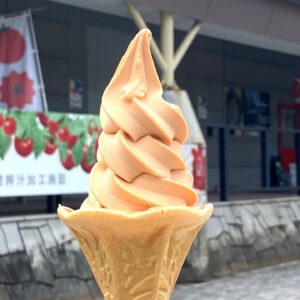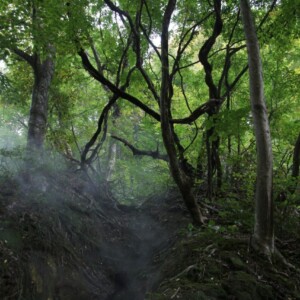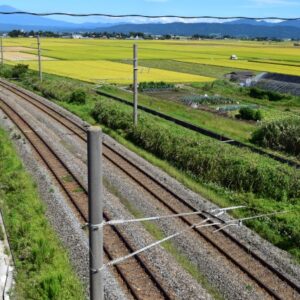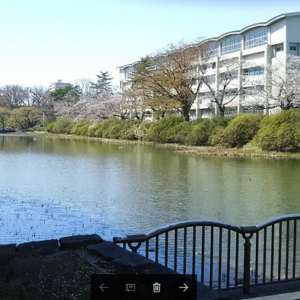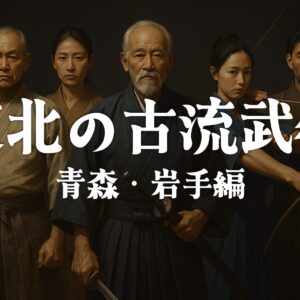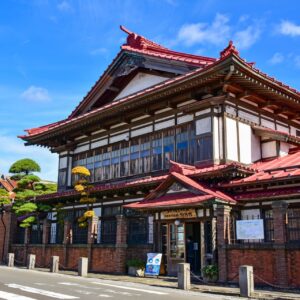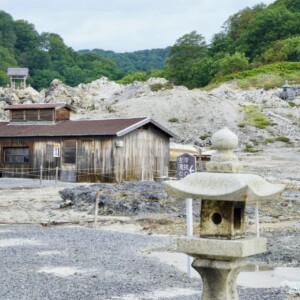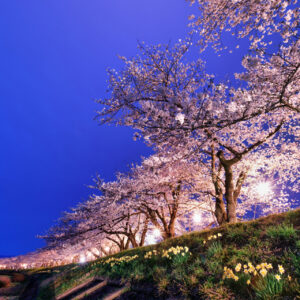
Amida-ji Temple, where the grave of Saito Ichi, the Aizu clan's dead war burial site and Shinsengumi, is located during the Boshin War [Fukushima Prefecture]
table of contents
- 1 Amida-ji, a Jodo sect temple founded by Ryozen Shonin
- 2 Designated as a burial ground for Aizu clan soldiers who died during the Boshin War.
- 3 The grave of Hajime Saito (Goro Fujita), the leader of the Shinsengumi Third Division
- 4 The third floor of Tsuruga Castle's turret was relocated as the temporary main hall of the temple.
Nanukamachi is located west of the center of Aizuwakamatsu City, Fukushima Prefecture.
During the feudal period, Echigo Kaido and Yonezawa Kaido passed through this area, and inns and restaurants were lined up along the road, and from the mid-Showa era onwards, the area was the busiest downtown area in Aizu. Today, it entertains tourists as a tourist spot lined with retro Western-style storehouses and wooden buildings that give you a Taisho-roman feel.
Amidaji Temple, located in a corner of Nanukamachi, is home to the tombs of the Aizu feudal warriors , as well as the tombs of the Aizu feudal warriors who fought alongside the Aizu clan against the new government army. There is 's third division
Amida-ji, a Jodo sect temple founded by Ryozen Shonin
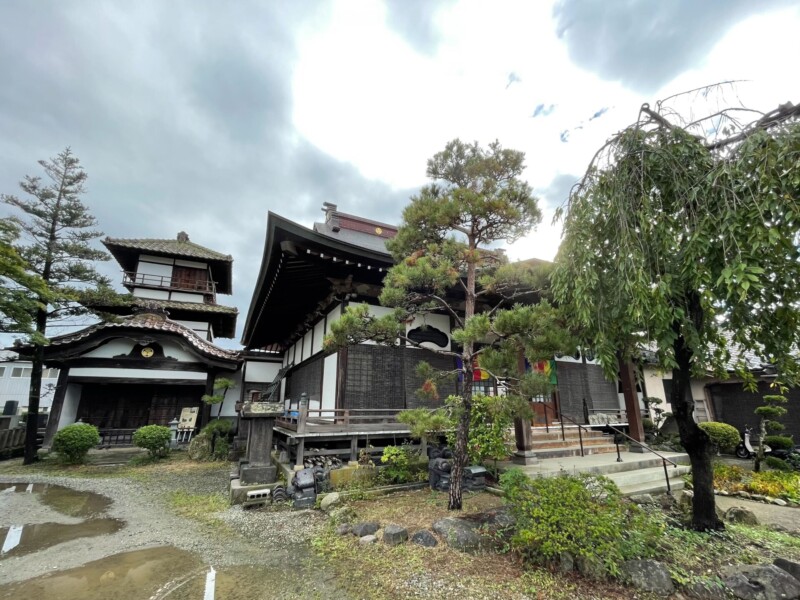
Ryonen Shonin, who founded Amida-ji Temple, was originally the chief priest of Zendo-ji Temple in Asaka District, Mutsu Province (around present-day Koriyama City and Nihonmatsu City), but one day he fell ill and went to Higashiyama in Aizu for treatment. I visited a hot spring.
At that time, he moved to Aizu at the recommendation of Norio Itakura, a vassal of the Aizu Gamo family, and it is said that Amida-ji Temple was founded in 1603 through the efforts of many people, including Nobuyoshi Itakura and Tamemi Kurata.
At that time, Amida-ji Temple was a splendid temple with various buildings such as a Buddhist hall, a dormitory, a priest, and a small temple, and it flourished and attracted many people.
However, during the era of the fourth chief priest Ryoton, all the temple buildings were destroyed in a huge fire. As the years passed, the temple gradually deteriorated due to many problems such as conflicts with the temple family and other temples in the castle area, and by the end of the Edo period, it had fallen into such disrepair that it was difficult to restore it.
Designated as a burial ground for Aizu clan soldiers who died during the Boshin War.
At the end of the Edo period, the Boshin War (Aizu War) was fought between the former shogunate army and the new government army, resulting in many deaths on both sides.
After the opening of Tsuruga Castle on September 22, 1868 (November 6 in the new calendar), the new government's Civil Affairs Bureau was set up and ordered to bury the bodies left inside and outside the Tsuruga Castle (Aizuwakamatsu Castle) castle. A notice will be issued. However, the burial work period was only nine days, from October 7th to October 15th, and the burial work was not completed satisfactorily.
The war dead of the new government army were carefully buried in the Western military cemetery built next to Yutsuji Temple, but various problems arose with the poorly buried bodies of the war dead of the Aizu clan, which were later reburied (buried). instructions to move the land). One of the places where he was reburied was Amida-ji Temple, which was in ruins at the time.
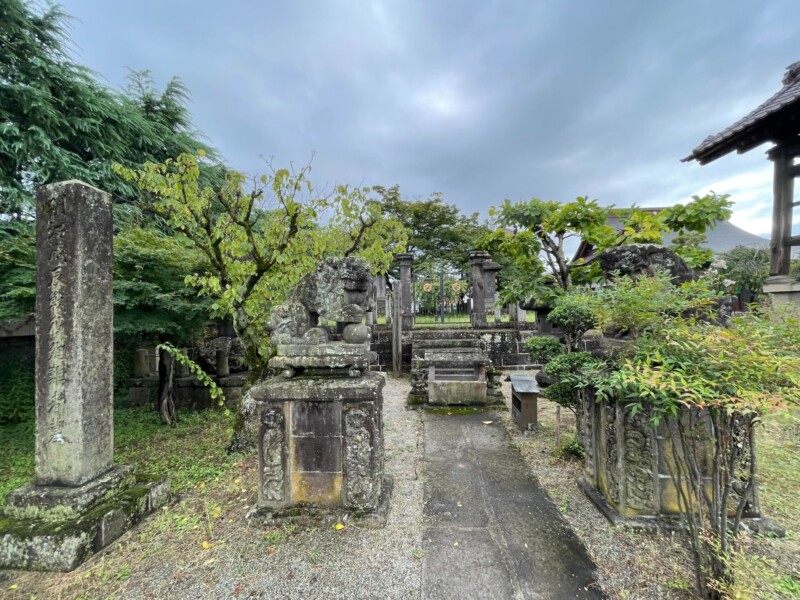
Renovation work to Amida-ji Temple took place over a period of approximately two months, from February 24th (April 5th in the new calendar) to April 22nd (June 2nd in the new calendar) of 1969. It is said that the remains of approximately 1,300 people were buried there.
Entrance to the current cemetery area is prohibited, and the Aizu Matsudaira family crest, the Aizu Aoi Crest, can be seen on the fence that has been erected.
The grave of Hajime Saito (Goro Fujita), the leader of the Shinsengumi Third Division
Shinsengumi is so popular that it is still featured in various media such as movies, novels, and anime . Hajime Saito (Goro Fujita), the leader of the Shinsengumi's third division, also exists here at Amidaji Temple.
The Shinsengumi participated in the Boshin War as a unit of the former Shogunate army, moving northward through repeated battles such as the Battle of Toba and Fushimi in January 1868, the Battle of Koshu Katsunuma in March, and the Battle of Utsunomiya Castle in April. I entered the castle town.
After that, he came under the command of the Aizu clan and took part in the Battle of Shirakawaguchi and the Battle of Motonari Pass. As it gradually became more likely that they would lose, Hijikata Toshizo of the Shinsengumi and his team decided to move north to Shonai and Sendai.
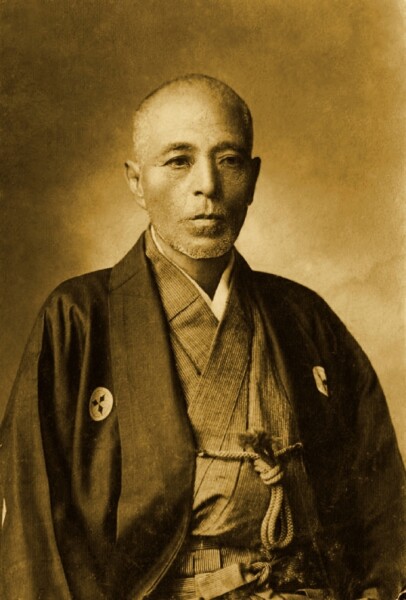
However, Saito remained in Aizu with more than a dozen Shinsengumi members and continued to resist the new government forces, saying, ``I cannot abandon the Aizu Domain, which has protected the Shinsengumi.''
Even after the Aizu domain surrendered and surrendered on September 22, 1868 (November 6 in the new calendar), they continued to fight, and were finally persuaded to surrender by a messenger sent by the Aizu domain lord Katamori Matsudaira.
After surrendering, he spent time as a prisoner of war, moved to the Tonan Domain (present-day Aomori Prefecture), and worked with the samurai of the Aizu Domain. During his stay in the Tonan Domain, he was adopted by the Fujita family of the Aizu Domain and became a partner with Goro Fujita. The name is being changed.
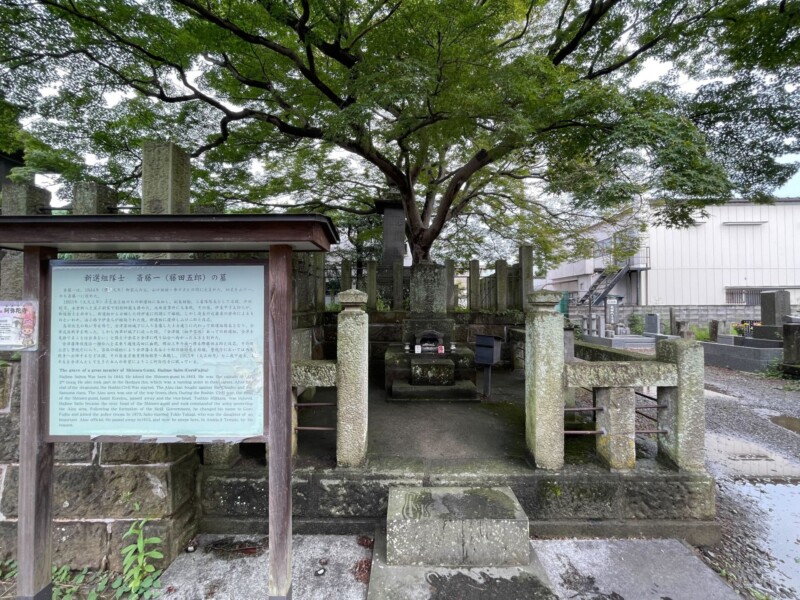
After that, he moved to Tokyo and worked for the Metropolitan Police Department. He also participated as a police force in the Seinan Rebellion that occurred in Kyushu in 1877.
After retiring from the Tokyo Metropolitan Police Department, he worked as a swordsman instructor at the Tokyo Higher Normal School and as the head guard at the Tokyo Museum of Education, which was affiliated with the school, before passing away in Tokyo in 1915 from a stomach ulcer. He passed away at the age of 72.
He was buried in the Fujita family's grave at Amida-ji Temple, according to his will, ``I want him to be buried in Aizu after his death.''
The third floor of Tsuruga Castle's turret was relocated as the temporary main hall of the temple.
the third floor was relocated as a temporary main hall for the main hall of Amida-ji Temple, which was destroyed in a fire during the Boshin War
When viewed from the outside, the building has three floors, but the inside has four floors, and is said to have been used not only for sightseeing but also as a place for secret discussions and secret meetings.
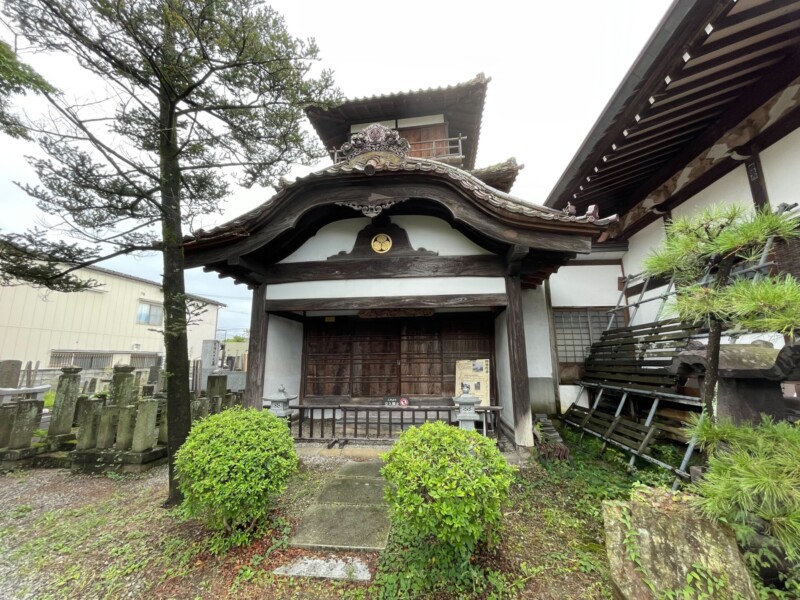
It was originally a watchtower for Tsuruga Castle, so it was relocated and a Karahafu (karahafu), which was part of the entrance to the Honmaru Palace, was added to make it look like a temporary main hall.
the only valuable building remaining as the remains of Tsuruga Castle at that time .
Amidaji Temple<Information>
- Name: Shokakuzan Jukoin Amidaji Temple
- Address: 4-20 Nanukamachi, Aizuwakamatsu City, Fukushima Prefecture 965-0044
- Phone number: -
- Official URL: Aizuwakamatsu Nanokamachi Street – Amidaji Temple


![A report on the experience of "Whiskey Collection Koriyama," Tohoku's first whiskey event! [Fukushima Prefecture] Whiskey Collection Koriyama](https://jp.neft.asia/wp-content/uploads/2024/10/IMG_0751-EDIT-150x150.jpg)
![The delicacy "Anko" is a delicious winter taste on the beach! [Fukushima Prefecture] Monkfish](https://jp.neft.asia/wp-content/uploads/2022/02/2054097_m-150x150.jpg)
![A tour of the 33 remaining Kannon in Minami Aizu. "Thirty-three Kannon" certified as a Japanese Heritage Site [Fukushima Prefecture] 11_MG_9631](https://jp.neft.asia/wp-content/uploads/2022/11/11_MG_9631-150x150.jpg)
!["Negaseki" is one of the three ancient Oshu sekies that surpasses Minamoto Yoshitsune and Matsuo Basho [Tsuruoka City, Yamagata Prefecture] 3809167_m](https://jp.neft.asia/wp-content/uploads/2023/02/3809167_m-150x150.jpg)
![What is "disc dumplings" in Fukushima City? Introducing recommended shops and history [Fukushima Prefecture] Disc Dumplings 1](https://jp.neft.asia/wp-content/uploads/2023/03/31485117_m-150x150.jpg)

![Okuaizu Shoten is born where you can "know, buy, and experience" Okuaizu! [Fukushima Prefecture] Okuaizu store](https://jp.neft.asia/wp-content/uploads/2024/07/sub6-150x150.jpg)
![Appears in the first episode of the anime "Zatsu Tabi - That's Journey"! Let's go to Aizuwakamatsu City [Fukushima Prefecture] 30948239_m](https://jp.neft.asia/wp-content/uploads/2025/05/30948239_m-150x150.jpg)

